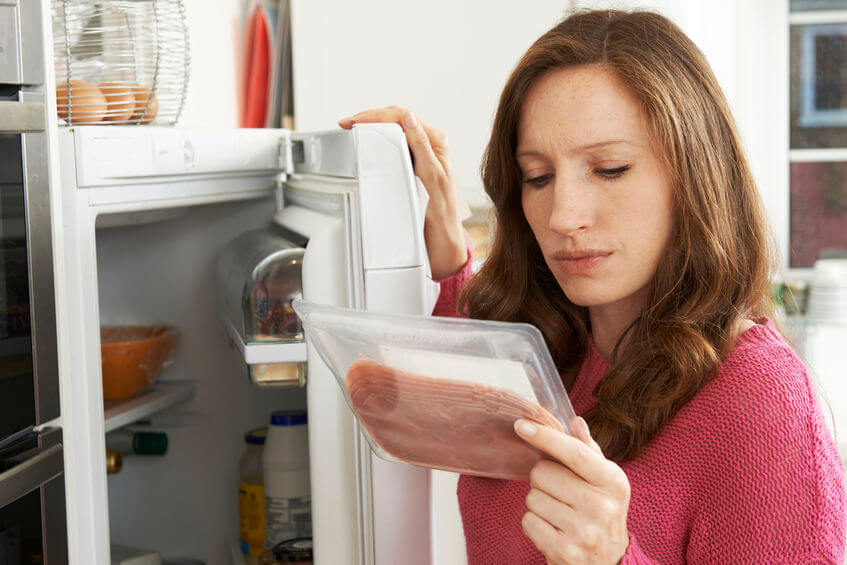
When you’re used to eating nothing but processed foods, the thought of switching over to whole, real foods can be intimidating.
There’s no question that real, whole, foods as close to their natural state as possible are the healthiest form of food to eat.
The chemicals and additives from processed foods build up in our systems, and when we consume them in large amounts, they can really do a number on our bodies.
Even so, when someone is brand new to Code Red, and they’re used to going through the drive-thru three times a day, I allow a little wiggle room with regard to processed foods, and here’s why.
When they’re eating foods that are Code Red-approved, even if processed, people can still lose weight and heal their bodies, especially when they’re getting in their water and sleep.
The long-term plan, of course, is to transition you to real, whole foods, which is not as hard as it sounds. Here are some tips to help:
First, let go of the idea eating real, whole foods means you have to make complicated recipes. It doesn’t. Fry up some bacon and eggs and add half an avocado or some grape tomatoes. Salt the egg and tomatoes.
Second, avoiding things that come in a box or package will go a long way in avoiding processed foods. There are some perfectly healthy foods that come in a package or jar, like chia seeds, pickles, and so on. But the more real, whole foods you can eat, the better.
Third, if you do buy foods that come in a package, box, bottle, or jar, read the ingredients. The fewer ingredients a packaged food has, the better; and the more of them that sound like a real, normal food, the better.
If it’s got a list of chemicals as long as your arm, it’s not something you want to make a habit of eating.
Again, eating processed foods that are Code Red-approved is going to be healthier for you than processed foods which aren’t Code Red-approved. But the more you can transition to real, whole foods, the better it’ll be for you in the long run!
